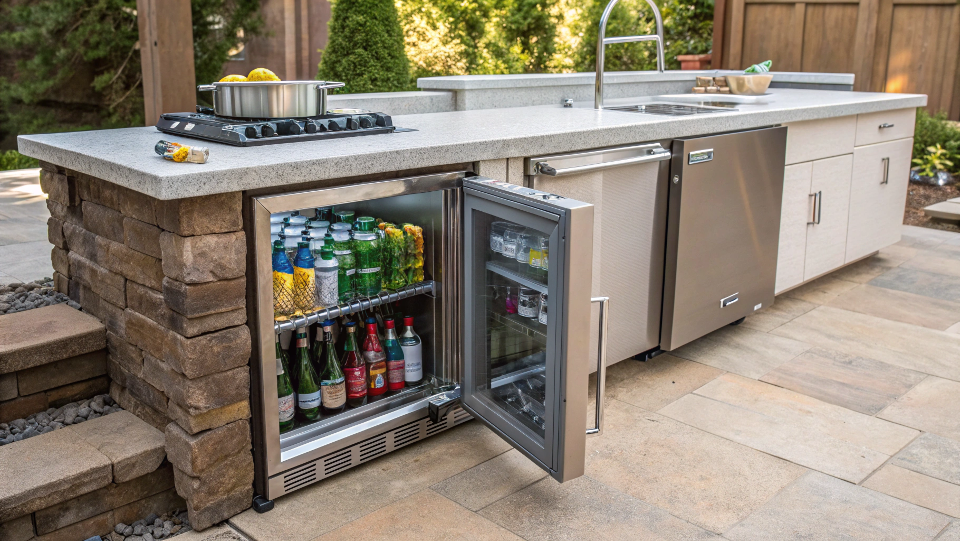Worried your outdoor cooler won't survive the elements? You invest in a new unit, only to watch it rust or fail after one season. It’s a costly disappointment.
Modern outdoor beverage coolers are very weatherproof. They are built with durable materials like 304-grade stainless steel and have sealed components to withstand rain, humidity, and extreme temperature changes. They are specifically designed to live outside, unlike standard indoor models.
This is great news for anyone who loves outdoor entertaining. I've spent my life in the appliance business, from working in a factory to running my own. I saw firsthand what makes an appliance last. It’s not as simple as just buying any cooler and putting it on your patio. The details in the design and materials are what really matter. I want to share what I've learned, so you can choose a unit that truly stands up to nature and keeps the drinks cold for every occasion. Let's look at what separates the truly durable models from the ones that will let you down.
Can you keep a beverage cooler outside?
Thinking of moving your indoor fridge outside? That simple move could lead to a broken appliance and wasted money. It’s a common and costly mistake I’ve seen people make.
Yes, you can, but only if it's an outdoor-rated beverage cooler. Indoor models lack the proper insulation, weatherproof components, and robust compressors needed to handle fluctuating outdoor temperatures, humidity, and direct sunlight. Using an indoor unit outside will break it and void its warranty.
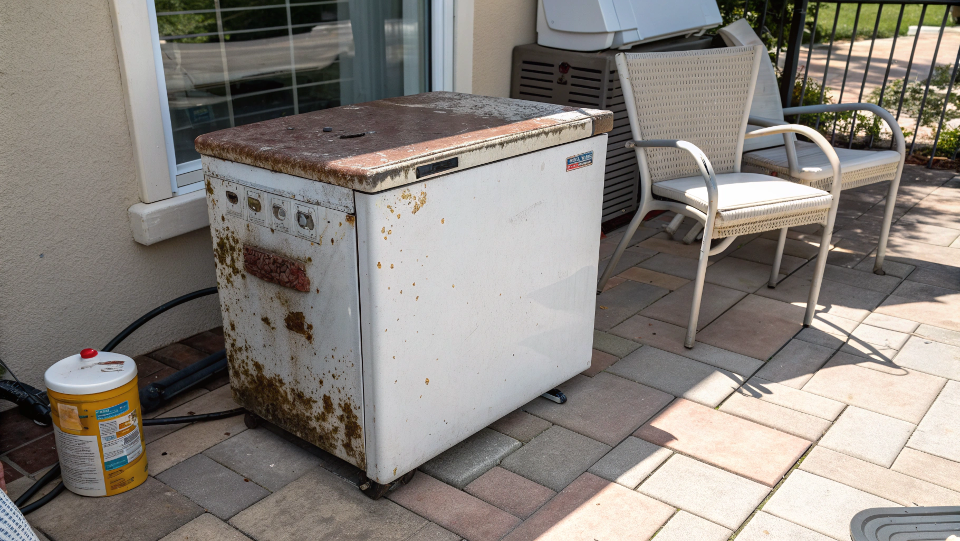
When I was helping clients like Alex source their own lines of appliances, this was the first question they always asked. They wanted to know if they could just rebrand a standard indoor model for outdoor use to save money. I always told them no. An outdoor-rated unit is built completely differently. Think of it like a car. You wouldn't expect a regular sedan to handle off-road trails; you need a vehicle built for that specific purpose. The same logic applies here. A true outdoor cooler has to fight against heat, cold, rain, and sun every single day. The internal components, from the compressor to the electrical wiring, are all sealed and protected against moisture. The body is almost always made of 304-grade stainless steel, which is essential for resisting rust, especially in humid or coastal areas.
Key Differences: Indoor vs. Outdoor Coolers
Here’s a simple breakdown of what to look for. When you're sourcing products, these are the specifications that matter.
| Feature | Indoor Cooler | Outdoor-Rated Cooler | Why It Matters for Outdoors |
|---|---|---|---|
| Construction | Painted metal or 430 stainless steel | 304 or 316 stainless steel | Resists rust and corrosion from rain and humidity. |
| Compressor | Standard, designed for stable indoor temps | Heavy-duty, can handle high ambient heat | Works harder to stay cold when it's hot outside. |
| Insulation | Basic foam insulation | Thicker, higher-density foam | Maintains internal temperature efficiently, saving energy. |
| Electricals | Standard, exposed components | Sealed and weatherproofed | Prevents short circuits and damage from moisture. |
| Ventilation | Often requires open space around it | Usually front-venting for built-in use | Allows for seamless integration into outdoor kitchens. |
How long do beverage coolers last?
You're investing good money in a beverage cooler. You expect it to last for years, not just a season or two. Is that a realistic expectation for an outdoor model?
A well-maintained outdoor beverage cooler from a quality manufacturer can last from 5 to 10 years, sometimes longer. Longevity depends on build quality, the harshness of your climate, and how well you care for it. Cheaper models might only last 2-3 years before failing.
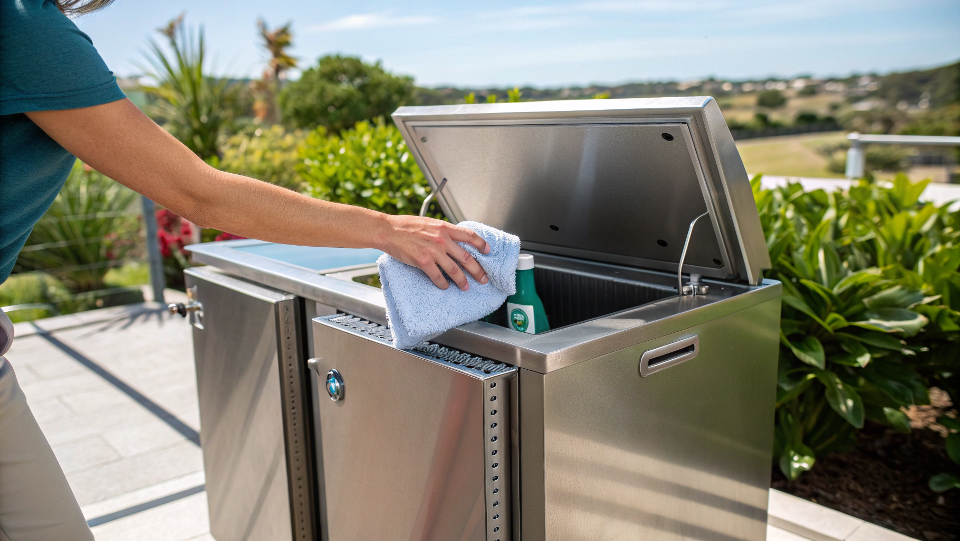
In my factory, we ran tests on everything. We would put compressors through thousands of cycles and leave stainless steel samples in salt spray chambers for weeks to simulate years of exposure. The difference between high-quality and low-quality components became obvious very quickly. A better compressor might cost a bit more, but it would last three times as long. This is why I always tell business owners like Alex not to focus only on the initial price. The long-term value is what builds a brand's reputation. A customer who buys a cooler that lasts ten years will be a customer for life. One whose cooler dies after two summers will never buy from you again. The lifespan is directly tied to the quality of the materials and simple, regular maintenance.
Maximizing Your Cooler's Lifespan
Just like a car needs an oil change, your outdoor cooler needs a little attention to keep it running for a decade or more. Here are the simple things that make a huge difference.
| Action | Frequency | Why It Matters |
|---|---|---|
| Clean the Coils | Twice a year | Dust and debris make the compressor work harder, shortening its life. |
| Wipe Door Seals | Monthly | Clean seals prevent cold air from escaping, improving efficiency. |
| Clean the Interior | As needed | Prevents mold and odors, protects the interior surfaces. |
| Check for Level | Annually | An unlevel cooler makes the compressor run inefficiently and can cause noise. |
| Winterize (if needed) | Seasonally | In freezing climates, unplug, empty, and cover the unit to protect it. |
Does a beverage cooler get as cold as a refrigerator?
Serving lukewarm drinks at your party? An underperforming beverage cooler can ruin the experience. You need a unit that chills drinks properly, just like a real fridge.
Most beverage coolers are designed to get just as cold as a standard refrigerator, typically reaching temperatures between 34°F and 50°F (1°C to 10°C). This is the perfect range for chilling drinks. However, they are not designed for freezing or long-term storage of perishable foods.
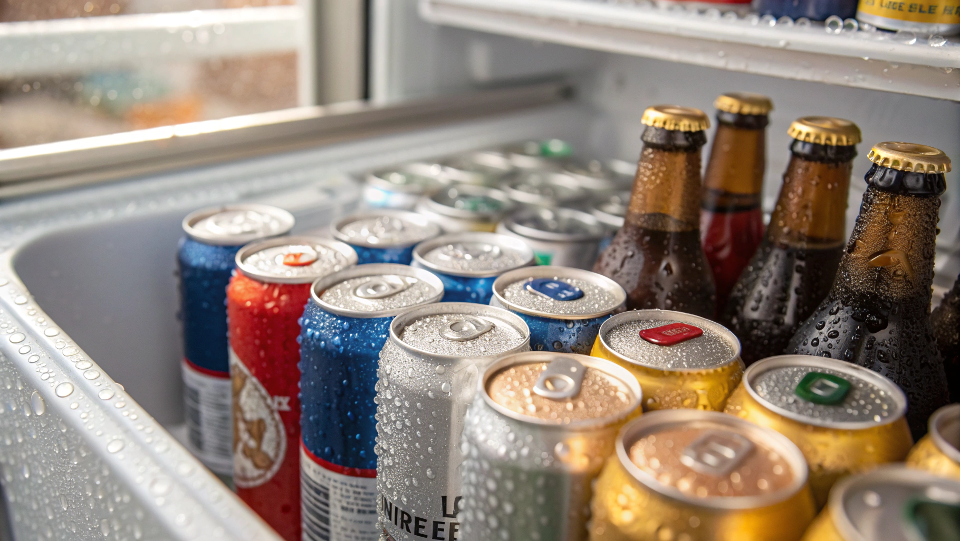
There are two main types of cooling technology you'll find: thermoelectric and compressor. When I was running my factory, we focused exclusively on compressor models. Thermoelectric units are cheaper and quieter, but they just can't handle the heat. They can only cool to about 20°F below the ambient temperature. On a hot day, that's not nearly cold enough. For any serious outdoor application, especially in warmer climates like Lebanon where Alex operates, a compressor-based model is the only choice. It works just like a real refrigerator, using a refrigerant cycle to actively pump heat out of the cabinet. This allows it to maintain a consistently cold internal temperature, even when it's 100°F (38°C) outside.
Cooling Technology Explained
Understanding the difference is crucial, especially when you are deciding what products to offer your customers. For outdoor use, the choice is clear.
| Feature | Compressor Coolers | Thermoelectric Coolers |
|---|---|---|
| Cooling Power | High; can reach near-freezing temps. | Low; cools relative to ambient temperature. |
| Temperature Stability | Excellent; holds set temp in high heat. | Poor; struggles on hot days. |
| Energy Efficiency | More efficient when running. | Less efficient; often runs constantly. |
| Suitability for Outdoors | Excellent. The only reliable choice. | Poor. Not suitable for warm climates. |
| Cost | Higher initial cost. | Lower initial cost. |
What temperature should a drink fridge be outside?
Setting the wrong temperature? It can lead to frozen, bursting cans or drinks that are simply not cold enough. Finding that perfect sweet spot is the key to happy guests.
For an outdoor beverage cooler, the ideal temperature setting is between 36°F and 40°F (2°C to 4°C). This range ensures drinks are ice-cold and refreshing for any occasion, without any risk of freezing, even when the outside temperature fluctuates wildly.
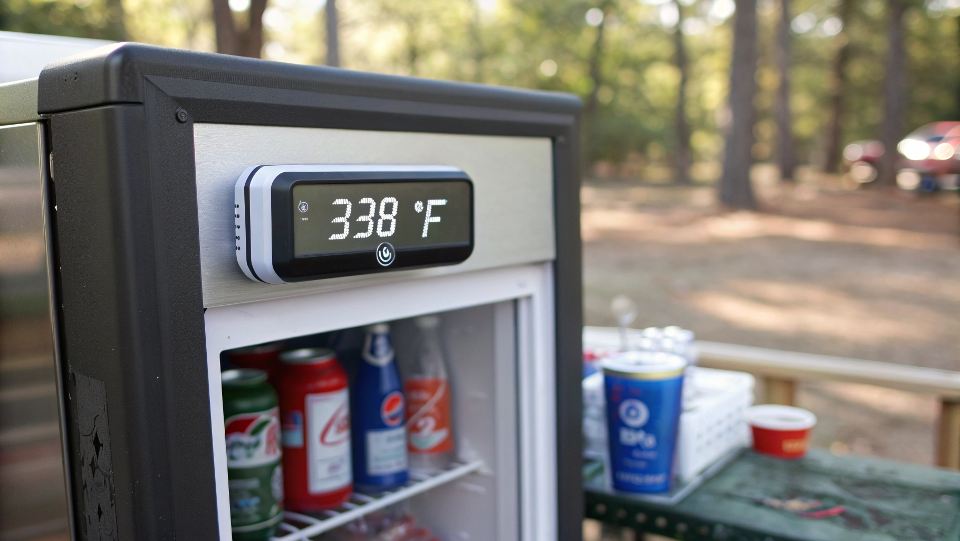
When we tested our refrigerators in the factory, we used special environmental chambers. We could simulate everything from a mild spring day to a blistering summer afternoon. What we found is that a good outdoor unit can hold its internal temperature steady no matter what's happening outside. Setting it to that 36-40°F (2-4°C) range gives you a perfect buffer. It's cold enough to make a soda or beer taste incredibly refreshing, but it's just above the freezing point of water, so you don't have to worry about cans exploding and making a sticky mess. A quality unit with a reliable digital thermostat makes this easy. You just set it and forget it, confident that your drinks will always be perfect. This is a key selling feature that provides real value to the end user.
Ideal Serving Temperatures
Different drinks are best served at slightly different temperatures. While the 36-40°F range is a great all-purpose setting, here’s a guide for the connoisseur.
| Beverage Type | Ideal Serving Temperature (°F) | Ideal Serving Temperature (°C) |
|---|---|---|
| Sodas & Water | 35-40°F | 2-4°C |
| Lagers & Light Beers | 35-42°F | 2-6°C |
| IPAs & Craft Ales | 40-50°F | 4-10°C |
| White & Rosé Wine | 45-55°F | 7-13°C |
Conclusion
A weatherproof outdoor cooler is a fantastic investment for any home. Just remember to choose an outdoor-rated model with quality 304 stainless steel and a strong compressor for years of perfect, ice-cold drinks.

